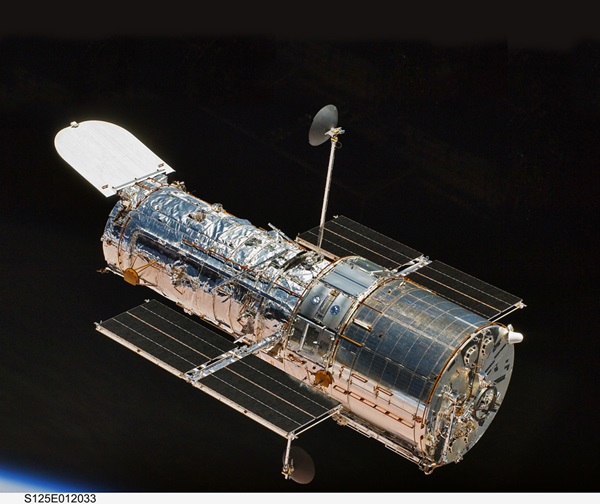Key Takeaways:
- Geostationary satellites, maintaining a fixed position relative to Earth, are predominantly used for commercial and military purposes.
- NASA utilizes nine geostationary Tracking and Data Relay Satellites (TDRS) for relaying data and communications from various sources, including the ISS, Hubble, and scientific payloads.
- The TDRS network plays a crucial role in facilitating data transmission from diverse space-based assets.
- Meteor showers pose a threat to all orbiting objects, regardless of orbital altitude.

The majority of geostationary satellites, which take 24 hours to orbit Earth and thus are always above the same latitude and longitude, are commercial and/or military, but NASA operates nine geostationary Tracking and Data Relay Satellites. These are extremely important because they relay data and communications from the International Space Station (ISS), the Hubble Space Telescope, science satellites, launch vehicles, and even science payloads aboard balloons. Meteor showers, however, affect everything in Earth orbit, so even a satellite in low Earth orbit is at risk.
Astronomy magazine subscribers can read the full answer for free. Just make sure you’re registered with the website.









